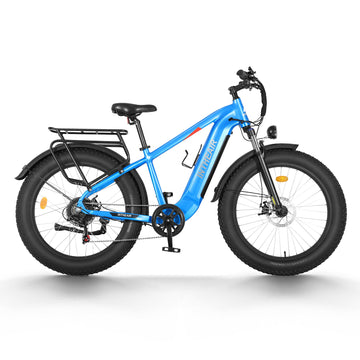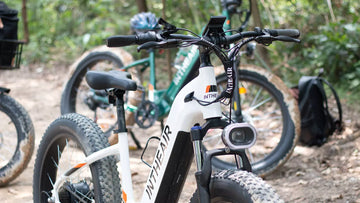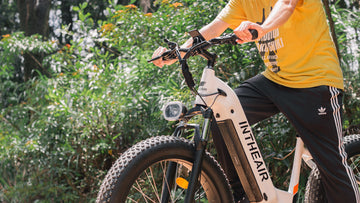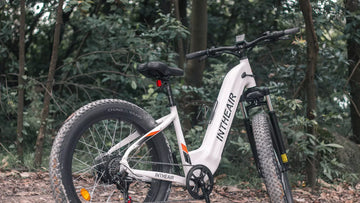Electric bikes have gained popularity as a new mode of transportation for commuting and getting around. However, as they are used over time, various components of electric bikes may encounter more frequent issues. One of the most crucial components of an electric bike is the motor. In this article, we will discuss common problems that cause electric bike motors to stop working and provide solutions to address these issues.
Battery Problems - Common Cause for Electric Bike Motor Failure
One common reason for an electric bike motor not working is battery-related issues. Start by checking if your electric bike's display panel turns on. If it doesn't, it might indicate a problem with the battery. To determine the battery's condition, measure its voltage using a multimeter. For a 36V ebike battery, the normal voltage range should be between 31V and 42V. If the multimeter displays a voltage lower than 29V, it signifies a battery problem. Similarly, for a 48V battery, the voltage range should be between 39V and 54.6V, and any voltage reading below 39V indicates a battery issue. If a battery problem is detected, make sure to verify if the battery needs charging, as depleted battery power can prevent the motor from functioning. If the battery requires charging, connect it to a power source for recharging. Additionally, an aging or damaged battery can also impact the motor's performance. In such cases, it is recommended to replace the battery with a new one.
Sensor Malfunction - Potential Cause for Electric Bike Motor Failure
If your electric bike's display panel turns on without any issues, a sensor malfunction might be responsible for the motor not working. Every electric bike incorporates a core sensor that facilitates communication between the battery and the motor. A faulty controller can also lead to motor failure. Therefore, check for any loose or damaged connections in the electric bike's controller. To diagnose the issue, disconnect the sensor connector and observe if the motor and throttle function properly. If they do, it indicates a possible short circuit in the sensor. In such instances, replacing the sensor directly is advisable.
Motor Malfunction - Possible Cause for Electric Bike Motor Failure
If disconnecting the sensor connector does not resolve the motor issue, it suggests a motor malfunction. Motor failures can occur in the motor circuit or the motor itself. Damaged motor circuits can result from wire breakage or short circuits. Inspect the motor circuit for any signs of such problems and promptly repair or replace the faulty wires. Loose or damaged wire connections can also cause motor failure, so carefully check and reconnect the wires if necessary. Motor internal failures, such as damaged windings or worn-out brushes, can also prevent the motor from operating correctly. If all other potential causes have been eliminated and the problem persists, consider sending the motor for repair or replacing it altogether.
Other Component Failures - Additional Causes for Electric Bike Motor Failure
Apart from the previously mentioned causes, other component failures can also contribute to motor malfunction. Examples include switch malfunctions or issues with the display screen. When troubleshooting, it is essential to inspect these components for problems and promptly repair or replace them as needed.
In summary, there can be various reasons why an electric bike motor fails to work, including battery issues, controller malfunctions, motor circuit failures, motor internal faults, and other component failures. If you are unable to resolve the issue, it is advisable to seek assistance from an electric bike repair shop or contact the manufacturer's after-sales service






